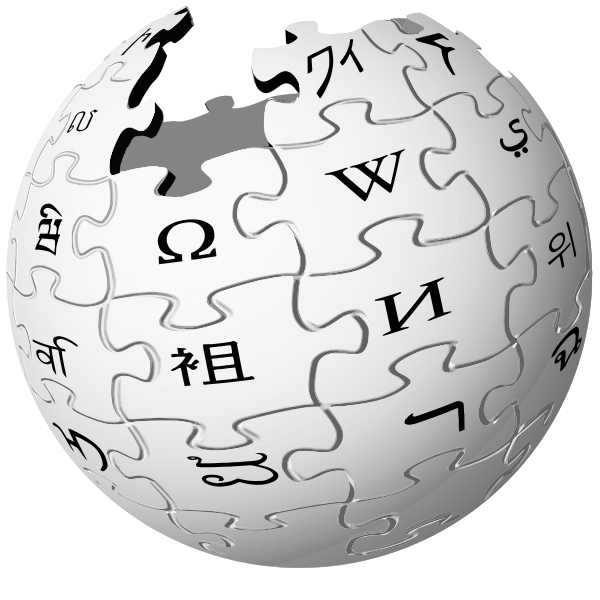WHAT WOULD IT BE LIKE TO HEAR MUSIC IN COLOURS, TO
TASTE VOICES, TO SEE EACH LETTER AND NUMBER AS A DIFFERENT COLOUR?
Synesthesia is a neurological phenomenon in which the stimulation of one sense leads to an instant and involuntary response in a second sense. Synesthesia
is the mixing of the senses.
Some synesthetes experience colour when they hear sounds or read words.
Others experience tastes, smells, shapes or touches in almost any combination.
Synesthetes that experience different colours when they see certain letters and numbers, experience the written language as a rush of colour associations.
Synesthesia is a relatively rare condition, it is estimated that 1 in 2000 people are synesthetes. Another estimate is 1 in 25,000.
According to some studies, synesthesia is eight times more common among poets, artists, writers and musicians than the general population.
Although not all synesthetes are artists, there seems to be a fascinating connection between this unique way of perceiving the world and art. Many synesthetes use their experiences to assist in their creative process, and many non-synesthetes have attempted to create works of art that may capture what it is like to experience synesthesia.
Synesthetes are individuals of high intelligence.
They often have excellent memories. There are more women synesthetes than men. A high proportion are left handed or ambidextrous. Some have trouble telling left from right and have a poor sense of direction. Others experience difficulties with mathematics.
Synesthetes report frequent experiences of déjà vu, clairvoyance, or precognitive dreams. It is not certain if these experiences are linked to another sense or triggered by another sense.
The reality and vividness that people experience are what make synesthesia so interesting in its violation of conventional perception.
Certain psychedelic drugs, such as LSD or mescaline, can also produce synesthesia in individuals, who don't actually have synesthetic abilities.
There are, and have been, many famous synesthetes including Marilyn Monroe, Vincent Van Gogh, Jimi Hendrix, Ed Sheeran, Billie Eilish, Lady Gaga, Kanye West, Beyoncé, Mary J. Blige, Billy Joel, Pharrell Williams, Edvard Munch, W.A. Mozart, David Hockney, Stevie Wonder, Richard D. James (aka Aphex Twin), Franz Liszt, Charles Baudelaire, Duke Ellington, Alexander Scriabin, Vladimir Nabokov, Arthur Rimbaud, Jean Sibelius, Nikolai Rimsky-Korsakov, and possibly Wassily Kandinsky and Victor Hugo.
Synesthesia is a physical experience of the brain, not the product of imagination or learning, the sensations are automatic and cannot be turned on or off. People are generally born with it and it runs in families. It is a trait - like having blue eyes - not a disease.
Synesthetes do not think their unusual ability as a handicap. Most are, indeed, rather sorry that the rest of people live in such a colourless world.
Synesthesia positively enriches the lives of many who have it. This collision of sights, smells, sounds and tastes make for an odd, yet extremely colorful way of thinking!

